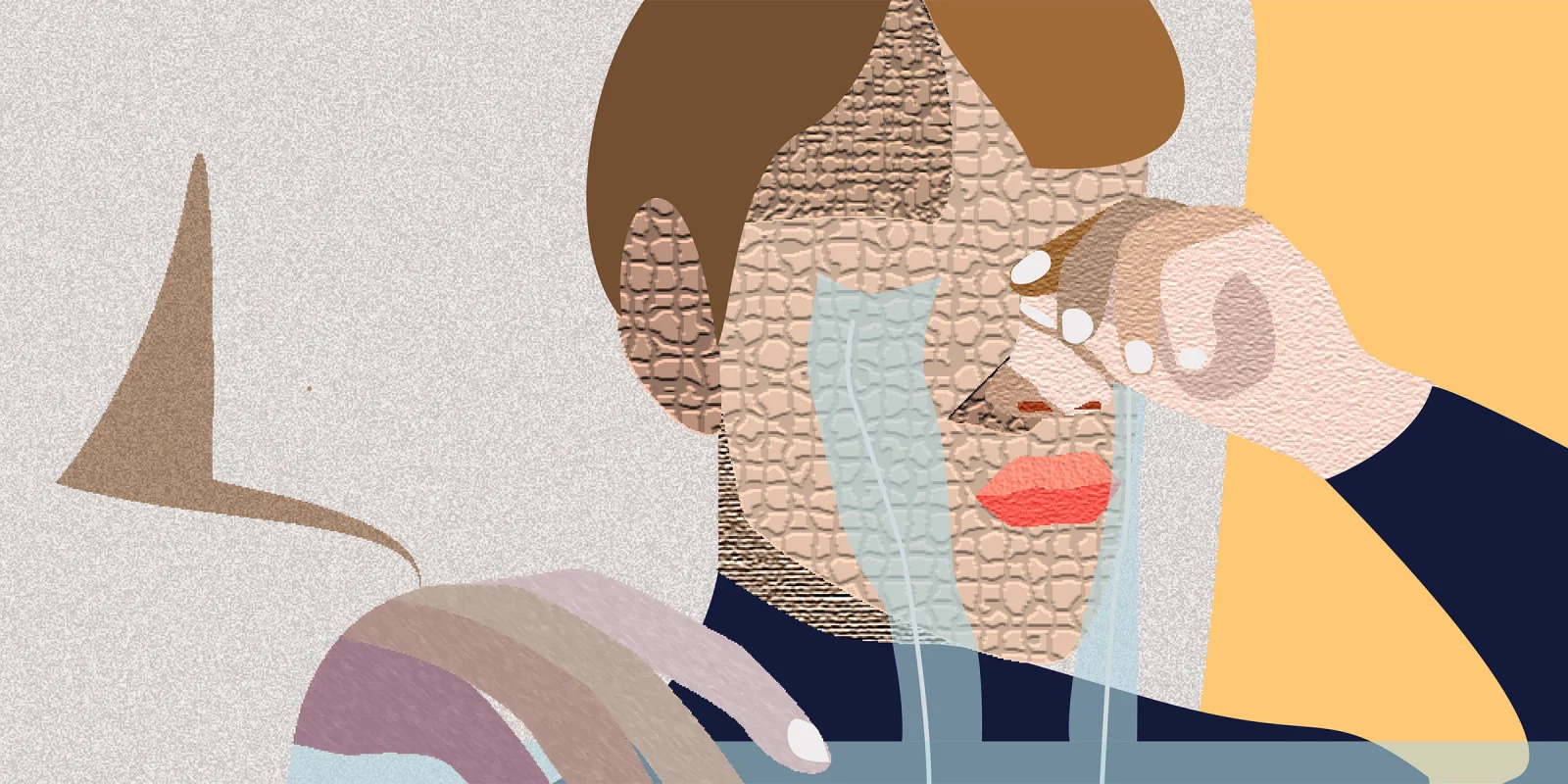As a dermatology resident, I interact with scars regularly, counseling, treating, and even causing them. What I have found is that the outward appearance of the scar does not always align with the physical or emotional symptoms the patient experiences.
I met Tim during my first year of residency; I was covering for a senior resident in one of our laser clinics and was surprised to see a tough looking guy come in for a consultation regarding a two-inch linear scar on his abdomen. Tim had several tattoos and while he took care of his appearance, he did not strike me as someone who would be bothered by a small scar in an area usually covered by clothing. I asked him some clinical questions which he answered briefly — it didn’t hurt, it didn’t itch, he’d had it for a long time, he was just looking for information; what could be done? Still early in my training, I perhaps bluntly asked him, if the scar was so asymptomatic, why did he want to do anything about it at all? Instead of shutting me down, he told me his story: “It’s a knife wound … from a friend; I’ve been through a lot but that one hurts more than the rest.” I told him I was surprised he shared all that with me. He replied he was surprised I asked. I realized then that scars, whether they are the remnants of disease, procedures, or personal tribulations, often have stories behind them. We often cannot explain ‘why’ certain afflictions happen to our patients; scars, however, often come with a story that can anchor patients to a context behind their condition.
I later met Cody, a young man in his 20s who immediately stated, “I have a scar, and I want everything done for it,” before I had fully laid eyes on him, let alone on the affliction in question. I was perplexed at first. Cody had a small, raised pink papule on the chest; it was a small keloid from what he described as a cyst that ruptured. He kept emphasizing that he really wanted it gone. As I thought back to the large scars I had seen from major operations, trauma incurred while deployed, or diffuse plaques from burns or morphea, I had to pause. I didn’t understand this patient’s tone — it didn’t seem to match what I was seeing with my eyes. This was no knife wound. I stayed quiet and looked up at him, allowing room for him to fill the space with context. He felt my pause, and his eyes began to well. “I’m finally proud of my chest,” he said. “Or at least I’m trying to be. But I feel like when people see this bright pink scar, they immediately notice the other scars. It just reminds me of a time when I wasn’t myself.” He was talking about the flat, almost indiscernible skin-colored lines beneath his previous breast tissue. He had had gender confirmation surgery, and was at peace with how those scars had settled out, but for some reason this new lesion had triggered these feelings about his chest. As we discussed options and moved forward on treatment, I realized the scar was painful to Cody, just not in the way I initially thought.
These stories sensitized me to how patients may feel about their scars, regardless of their physical symptoms or size. When Janae came in for a skin exam, the previous stories fresh in my mind, I proactively brought up the rather elevated, ropy, irregular scar across her lower abdomen. It looked old, but tender, and its position seemed uncomfortable. “Does that bother you?” I asked. “We have some treatment options.” She looked at me like I had lost part of my mind. “Why would I want to do anything about that? I love that scar.”
“You love that scar?” I clarified. I started to stammer, “I don’t hear that very often, but I’m glad—” Before I even finished my thought, she kept going: “Honey, I’m more damaged by the years leading up to that scar than the scar itself,” she said. “It took me five years to have my baby and more grief than I knew was possible.” Her voice caught, and I felt the pain she carried as she said it. Her ‘baby’ was 20 years old now, but her voice still caught when she thought about that time. She shared a bit more about her fertility journey. “It took me a long time to talk about all that, but whenever I feel sad, I reach down and touch that scar and remember how strong I was and how worth it it can be to push through.”
When the reason for a patient’s visit is listed as ‘scar,’ we don’t always know what we are walking into. Sometimes their chief concern is pain, sometimes it’s cosmesis, sometimes it’s emotional trauma. Sometimes the scars they’re unhappy with are self-inflicted, and other times they are iatrogenic, or inflicted by us or our colleagues. Now, when a new patient presents to discuss their scar, I welcome it as an opportunity to connect. Some scar stories are as small as the scars themselves — a keloid after a regretted ear piercing or the remnants of a scraped knee a child’s mother is concerned about. Others unearth the complexities of our patients and their lives and remind me of the richness of practicing medicine. Whether we treat scars with medications, injections, procedures, or simply a listening ear, I’ve found that when a patient comes in to discuss a scar, there’s often more beneath the surface. Connecting with the ‘why’ behind the pathologies we see and treat highlights the role of the physician-patient relationship in healing and can lead to improved interactions and results.
Has a patient's "scar story" ever surprised you? Share your experiences in the comments!
Rebecca Yanovsky Dufner, MD, MBA is a resident physician training in dermatology in Boston, MA. She graduated from Stanford University, Tufts University School of Medicine, and the Heller School for Social Policy and Management. In addition to her passion for dermatology, she has led cross-functional teams in health care and in tech, and is interested in health outcomes, access, and delivery on the patient and population level. Rebecca is a 2021–2022 Doximity Op-Med Fellow.
Names and identifying details have been changed to protect patient privacy.
Illustration by Yi-Min Chun







